NYC Schools Need Less Police, More Care
January 25, 2016
Public schools in New York City have a problem. Many students struggle and drop out at a disproportionate rate compared to the national average. Class disruptions and inattention can lead to lackluster academic performance, poor learning environments and more obstacles for underserved students to overcome. The city’s education system is failing to provide its students an opportunity at success.
One way officials have tried to address this problem is to crack down on bad behavior. The New York Police Department employs over 5,000 School Safety Agents alongside nearly 200 armed officers to stand watch over the city’s public schools. Upwards of 99,000 students every day pass through a metal detector on their way into their school buildings. Drug-sniffing dogs and pat-downs are not uncommon. This palpable police scrutiny is one that many of New York’s black and Hispanic students are all too familiar with.
Another way, as education experts and policy activists have begun to discover in the last few decades, is to promote an open and accepting schoolwide culture. No security wands, no handcuffs — only open arms and attentive ears. This community-based approach to education is being pioneered by the city’s transfer schools, meant to serve students who are over-age, under-credited but are looking for another chance at success.
Students who enter transfer schools aren’t used to being the center of attention. Traditional education offers no sympathy when a student fails a test or arrives late to class. Instead, it doles out punishment, dealing in terms of discipline. Order, not support, is the rule of the day in public schools across the city.
The students who disrupt class, fall into violent behaviors and drop out are, simply put, sick of this discipline. Yet transfer schools foster a community that the students believe in. Their staff work tirelessly to make themselves available to students, check in on them and listen to their problems. Their number one goal is to help students realize that they matter.
When students know that staff are looking out for them, they step up. They challenge themselves academically in ways they never could when placed under the scrutiny of traditional education. Acceptance works because it empowers students to take charge of their own lives. It lets them know that it’s not always bad to fail.
Police do the opposite. Police undermine the accepting community that struggling students so urgently need. Police in high-risk schools are one of the biggest obstacles to education reform today. Students can’t feel welcome if they dread stepping through the school’s doors. Students can’t mold their own futures while police are cuffing their hands. Ditch the police officers and metal detectors, and a productive learning culture can grow in their place.
Opinions expressed on the editorial pages are not necessarily those of WSN, and our publication of opinions is not an endorsement of them.
A version of this article appeared in the Monday, January 25 print edition. Email Richard Shu at [email protected].

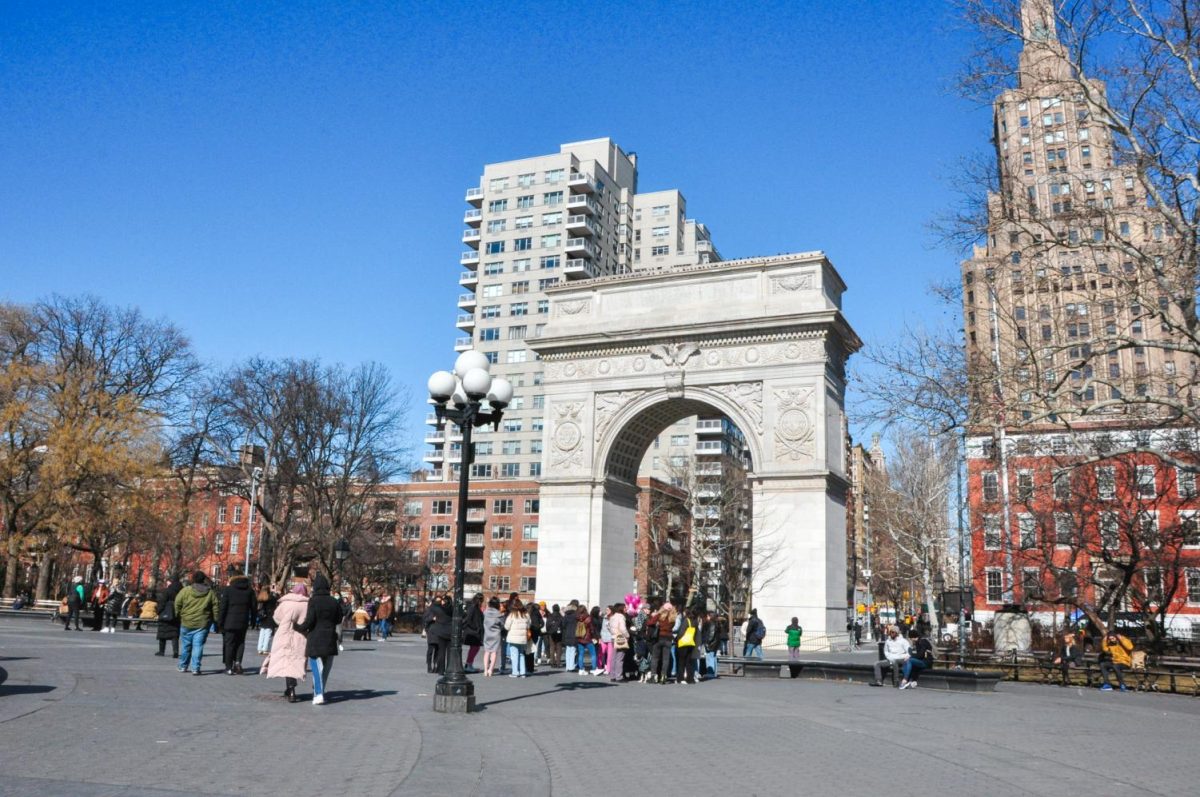

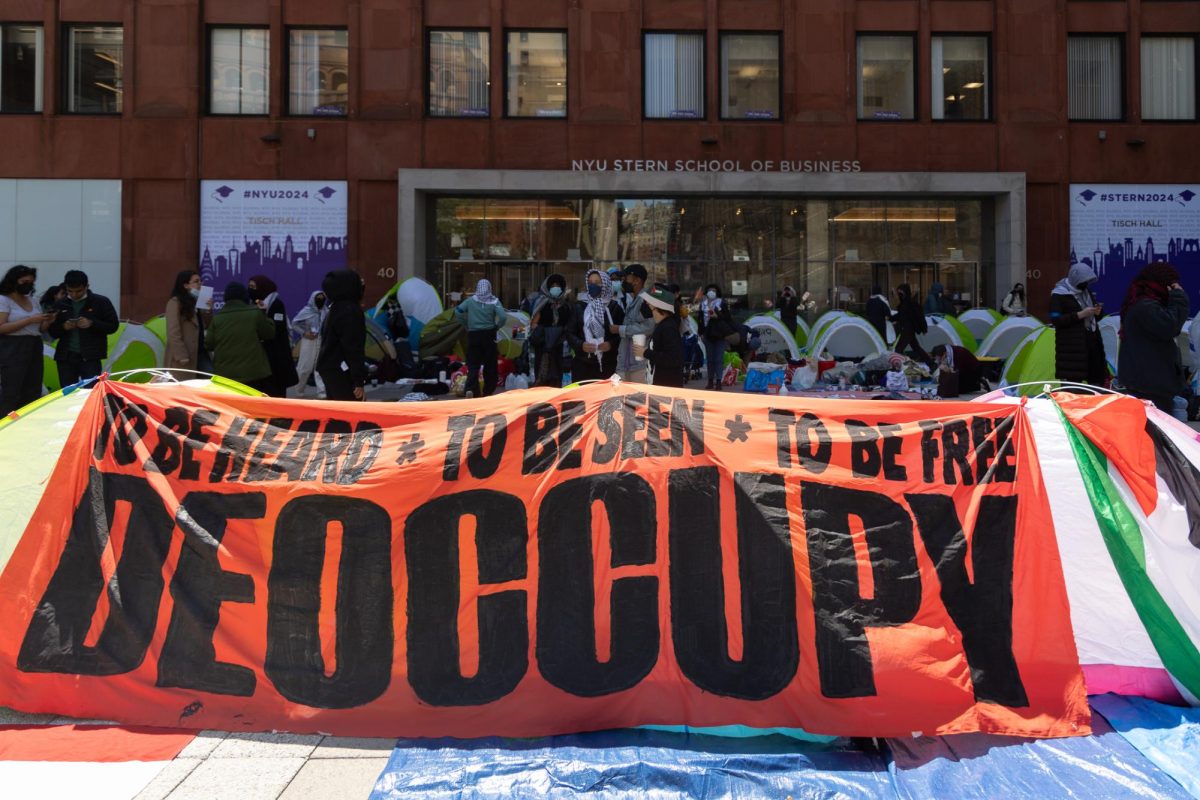
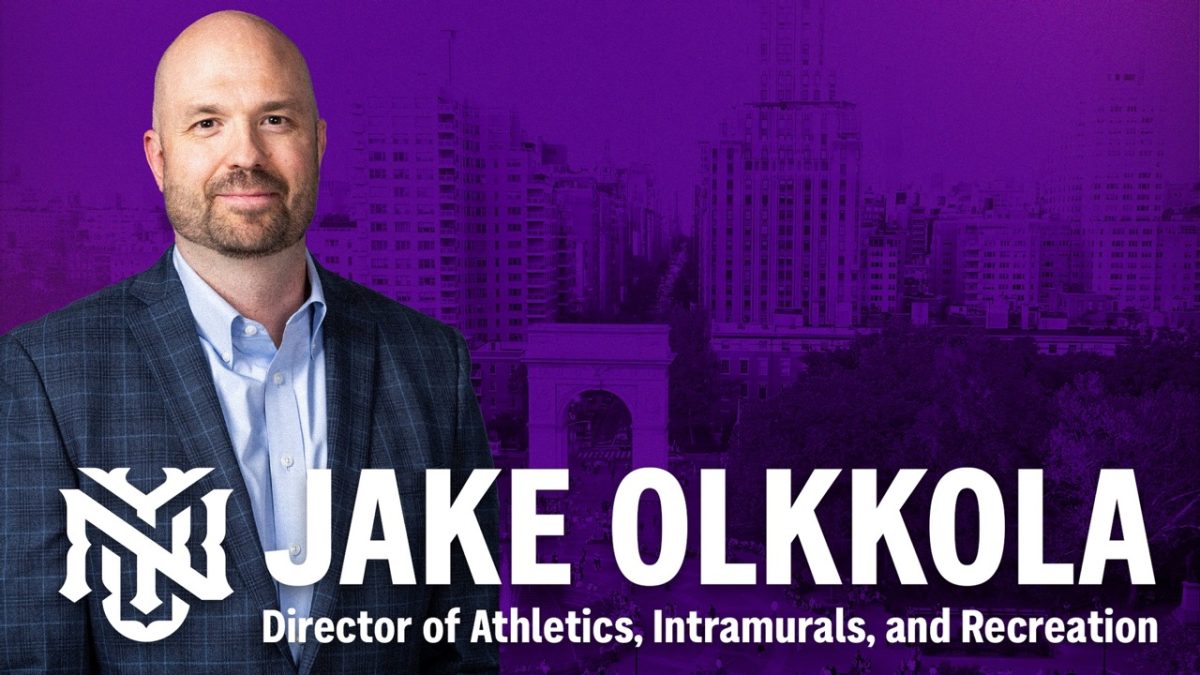




































































































































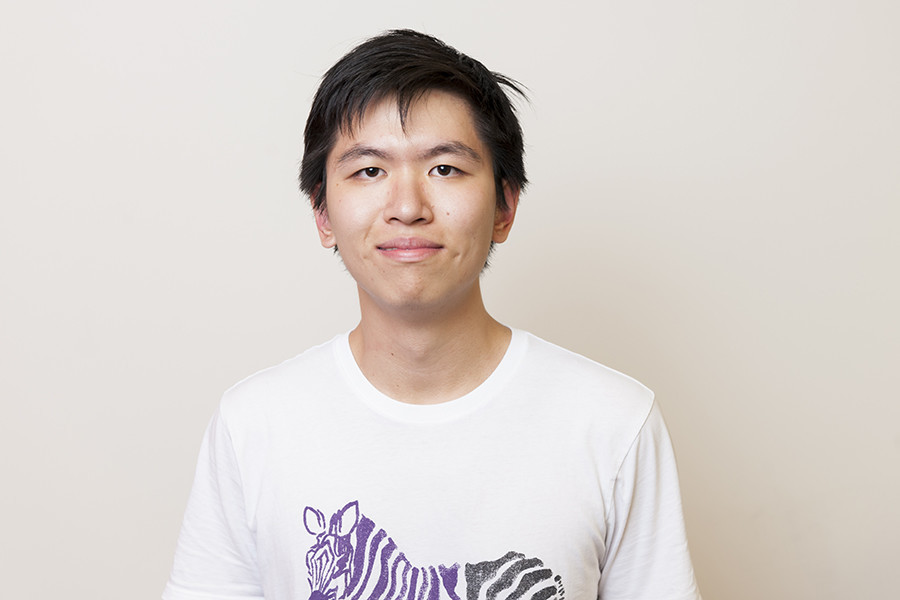
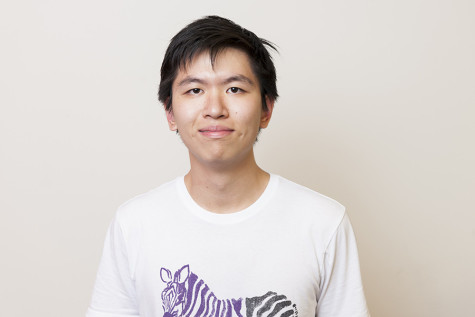

Jeff • Jan 27, 2016 at 7:28 pm
Richard, when a radical Islamic terrorist swings by your school for a “religious conversion” do you think it will help the situation that no police will be around. but maybe you will be lucky and Osama the terrorist will let you have a group hug before he beheads you. My God man..get your head out of hippie land and open your eyes. more police plus more guns equals more safety.